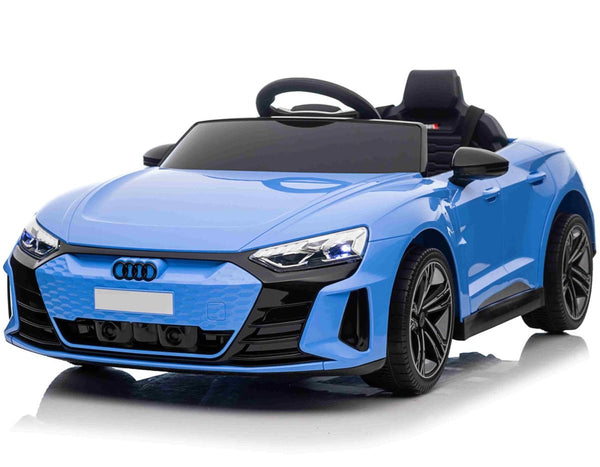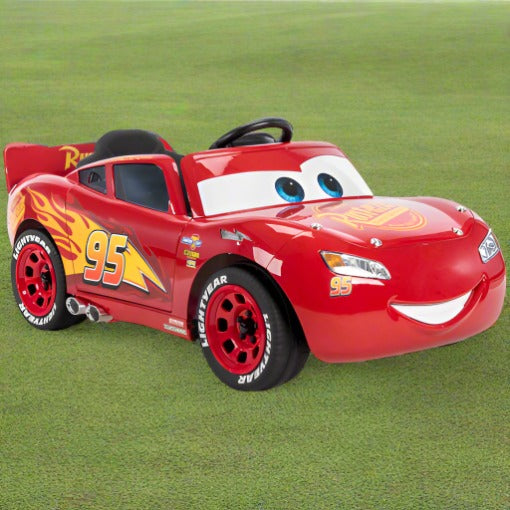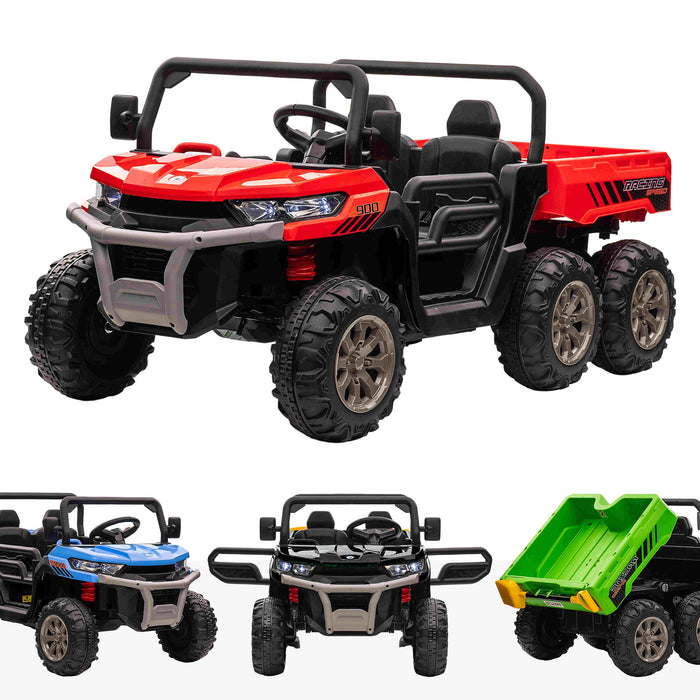Understanding the battery's lifespan and charging time of an electric ride-on kids' car is essential for making sure that your kids have uninterrupted playtime and maximum performance. This article will provide you with all the information you need to be aware of about the battery type.
Children's electric cars can be recharged, and usually use lead-acid battery or lithium-ion battery. Lithium-ion batteries last longer life span and faster charging time compared to lead acid batteries.
Battery Capacity
The battery's capacity, measured in ampere-hours (Ah) or watt-hours (Wh) will determine how long the ride-on car can operate on a single charge. Batteries with higher capacity provide more time to play before needing to recharge.
Run Time -
The duration of an electrical ride-on car is how long it is able to operate continuously on one charge. It is affected by factors such as the capacity of the battery, power of the motor, the terrain or the how much weight a driver.
For electric vehicles The typical runtime for electric ride on cars is 30 minutes up to 2 hours with the use of a single battery. However, batteries with higher capacity might have longer durations.
Charging Time
The charging time refers to the time it takes to fully charge the battery once it has run out of fuel. Charge times vary based on the battery's capacity, charger specifications and the charging methods.
The charging time for electric vehicles range between 8 to 12 hours to complete a charge. Certain models offer faster charging and charging times, particularly models that utilize lithium-ion batteries.
To ensure safety and a long-lasting battery life, it is essential to charge the battery in accordance to the manufacturer's instructions. Overcharging or undercharging the battery can affect its performance and lifespan.
Charge Methods Charge Methods
Electric ride-on vehicles are usually equipped with a charger that can be connected to an ordinary outlet in the home. Certain models might have fast-charging capabilities or include a smart charger that monitors the battery's state of charge and adjusts the charging rate in line with the state of charge.
To prevent any damage to the electrical system or battery Make sure the charging connector and port are compatible with chargers supplied by your ride-on vehicle.
Batteries Additional -
Some electric cars permit the purchase of extra or extra batteries. This could extend playing time. By having extra batteries available it is possible to swap the battery that is depleted for a fully charged one to reduce downtime.
If you are aware of the charging times and the battery life of an electric vehicle for children and your child can have endless playtime and adventures. The battery performance and life can be improved by constantly charging the batteries and following correct charging methods. Check out the best Mercedes ride on car for more info including electric ride on cars, childrens ride on, electric ride along car, remote control childrens electric cars, electric car ride, remote control childrens electric cars, toy cars, kiddies cars, toy and car, toy the car and more. .

How Can Kids Car Models Be Used Outdoors And Indoors?
The characteristics of the models designed for outdoor and indoor use are different. These models differ in their designs. - Indoor Use Cars -
Dimension and weight: Cars that are designed for indoor usage tend to be smaller, lighter and easier to maneuver through small spaces like living rooms, hallways, or playrooms. The cars are small enough to fit into narrow spaces and corners and avoid damaging walls or furniture.
Low Ground Clearance Cars that are used indoors have a low ground clearance so they don't become stuck or caught by obstacles such as rugs carpets or thresholds. This ensures smooth and unhindered mobility on indoor surfaces.
Smooth Wheels- Indoor use cars have wheels that are made from smooth materials, like plastic or rubber for an even traction on surfaces with a smooth surface, like laminate flooring or tile. They are designed to reduce the sound of the vehicle and to prevent scratching indoor surfaces.
Limited Speed - Indoor vehicles are typically restricted to a slower speed to maintain safety and control. This could help prevent accidents and collisions with furniture, walls and other objects in indoor spaces.
Outdoor Use Cars -
Durable Construction- Cars which are made for outdoor use are built using robust materials. They could be constructed of strong metal or plastic to withstand elements of the outdoors like sunlight, moisture, temperature changes and rough handling. They are less susceptible to wear and tear caused by exposure to conditions outside.
For use outdoors, vehicles with higher ground clearance can traverse obstacles and bumps outside. They are now able to navigate rough surfaces, including pavements, gravel and grass.
Traction tires - Tires designed for outdoor vehicles typically come with treads and patterns that offer better grip and traction on rough or uneven surfaces. This helps ensure stability and control while driving on outdoor terrain, preventing skidding or sliding.
Weather Resistant: Cars designed for outdoor use often feature weather-resistant features like sealed electronics or waterproof casings. They could also utilize rust-resistant material to prevent damage from water. This permits the vehicle to be exposed to water, puddles or mud and still function well.
Higher Speed - Outdoor usage cars typically have faster maximum speeds to accommodate open spaces and longer distances that are often encountered in outdoor environments. This gives a more thrilling and adventurous riding experience for children exploring outdoors.
Parents can select a car for their children that suits their needs, indoors or outside, by taking into consideration the features and design. This will provide an enjoyable, safe and lasting play experience. Have a look at the top rated go here about McLaren kids car for site recommendations including ride on car, 2 seater electric cars, ride ons, toy a car, toy and car, toy car toy car, cars pedal car, kiddies cars, toy cars toy car, two seater childrens electric cars and more. .

What Kinds Of Remote-Controlled Cars Are There? Pros And Cons?
Remote control cars for kids, also called RC or remote-controlled vehicles, are available in a range of styles, sizes and costs. They're made to accommodate the needs of different budgets and tastes. Pros and cons, as well as the sizes, types, costs of remote-controlled vehicles for children are listed below.
Electric RC Cars – Battery-powered remote controlled cars suitable for use indoors or outdoors. They come in various styles, including trucks, buggies, and sports cars.
Nitro RC Cars – Gas RC cars that have faster speed and higher performance. They do require more expertise and maintenance to operate. They are generally larger and cost more than an electric RC cars.
Scale Models: Remote-controlled replicas including real vehicles such as cars, planes, trucks, and boats. Scale models can be found in different scales, from 1-10 to 1-24. The larger scales offer more detail and realism.
Sizes -
The sizes of remote-control cars for children vary from tiny micro-sized models to larger-scale versions. The size and weight of the car will affect its performance.
Micro-sized cars, which are lightweight and compact, are great for use indoors and by young children. Cars that are larger in size are more powerful, durable and are therefore perfect for off-road and outdoor racing.
Prices -
Prices for remote-controlled children's cars can vary depending on features, brand and quality.
Small electric and nitro powered RC car can be found in sizes ranging from $20 up to $100.
The price of scale models as well as hobby-grade RC vehicles range from a few hundred dollars to over a thousand dollars depending on the level of performance and detail.
Pros and Cons
Pros -
Remote Control Cars for Children - These vehicles are fantastic to entertain your children. They are able to be used by adults as well as children.
Learning. Driving a RC car helps children develop hand-eye coordination as well as spatial awareness and problem-solving abilities.
Social Interaction. You can take pleasure in the RC cars with your family and friends and encourages social interaction.
Customization - A lot of RC automobiles can be modified by using accessories, aftermarket components, upgrades and other accessories that can enhance the performance and look.
Cons
Cost - Remote control cars for children, especially models with premium features as well as hobby-grade models can be quite expensive.
Learning Curve - Controlling an RC vehicle requires a lot of practice and knowledge, and young youngsters may be unable to master the controls at first.
Maintenance: RC cars need regular maintenance, including cleaning regularly, oiling, and replacing parts or repairs.
Safety Issues Safety Issues RC vehicles are prone to danger when they are not used properly under the supervision of an adult. They may cause accidents, fall hazards and electrical hazards.
All children of ages can enjoy remote control cars. But it is essential to take into consideration factors such as the cost, size, and safety before deciding on the most suitable model. Hobby-grade RCs may be suitable for teenagers and older children, while simpler models will suit young children and those who are new to the world of. Follow the recommended Lamborghini kids car kidscars.co.uk info for site advice including two seater electric cars, car electric ride on, two seater childrens electric cars, ride on car, childs car toy, car on ride, childs electric ride on car, toy in car, toy a car, ride of car and more. .
